If you own a restaurant, receiving a Michelin star is a dream come true. Not only does it set the restaurant apart by legitimizing their hard (and sometimes out-there) work, but it also signifies that those chefs have made it to the top. It’s like an album going gold or platinum – aka a BFD.
But who wields the power to make or break a restaurant?
Michelin inspectors.
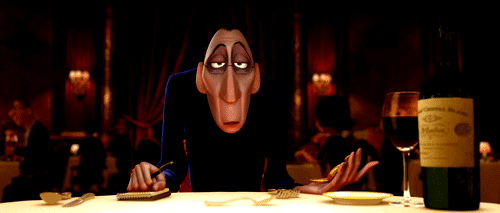
Gif courtesy of giphy.com
Before we dive into who these mysterious humans are, let’s talk about the Michelin Guide for a hot sec. You may not know this, but there’s actually a physical guidebook that comes out every year. Actually, there are many – each one covering a different, typically popular, city or country.
Prior to 2006 when Michelin Guide expanded to New York, the books only covered European cities. Now, you can find guidebooks for Germany, Switzerland, Benelux, Italy, Spain, Portugal, the UK, Ireland, France, New York, San Francisco, Chicago, Hong Kong, Macau, Tokyo, Yokohama, Kamakura, Áyoto, Osaka, Kobe, Nara and Hokkaido.

Photo courtesy of finedininglovers.com
So how did a tire company climb to the top of the culinary food chain?
It actually began in 1900 when two brothers, André and Édouard Michelin, published the first guide for France. It was intended for motorists because they wanted to boost the sales of their tires. The more people traveled, the more likely people would need more tires.
The first guides included important travel info: the location of gas stations, mechanics and hotels; how to change and repair a tire; and maps – and it was completely free.
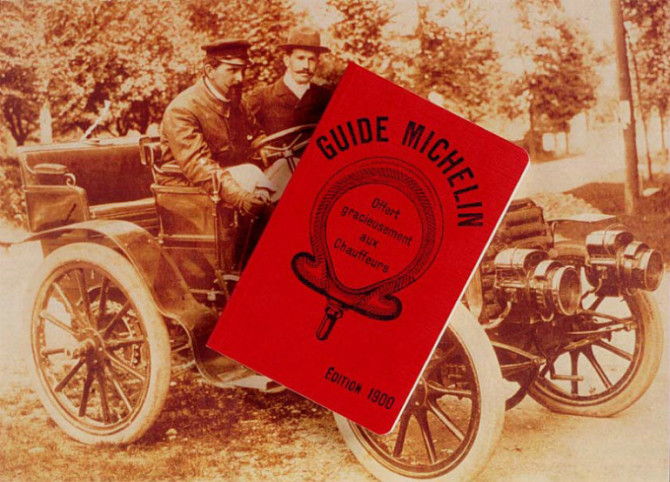
Photo courtesy of hub.uberflip.com
Eventually, the brothers stopped giving the guidebooks out for free and starting charging for them. Around the same time, they started including restaurant reviews. In 1931, they created their famed three-star system that’s still used today.
The breakdown of the Michelin star system looks like this:
![]() = A very good restaurant in its category
= A very good restaurant in its category
![]() = Excellent cooking, worth a detour
= Excellent cooking, worth a detour
![]() = Exceptional cuisine, worth a special journey
= Exceptional cuisine, worth a special journey
And here’s an example of a dish from The Fat Duck, a restaurant in Bray, England with three Michelin stars:
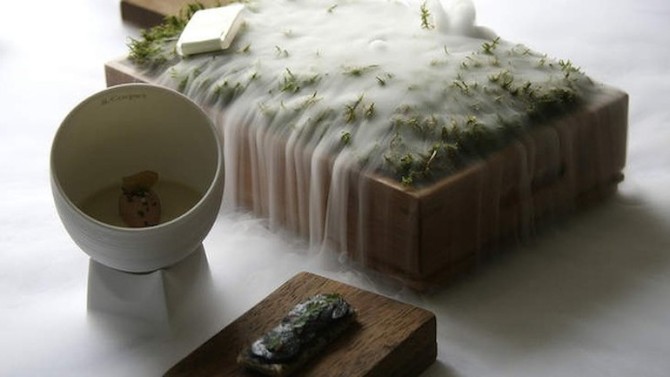
Photo courtesy of goodfood.com
So yeah, kinda weird that a tire company has this much authority over the food world, but it sorta makes sense now, right?
But let’s get back to the point of this article: the Michelin Guide inspectors.
Essentially, these inspectors are food industry spies. Not only are they completely anonymous, but the actual number of inspectors around the world is also unknown. It’s rumored that less than ten are located in the US, but we most likely will never find out.
To say that the Michelin Guide has high standards for who they hire as inspectors is definitely an understatement. About a year ago, the company tweeted that they were looking to hire a new inspector. The requirements? At least 10+ years of industry experience and a bachelor’s degree in the culinary field. Casual.
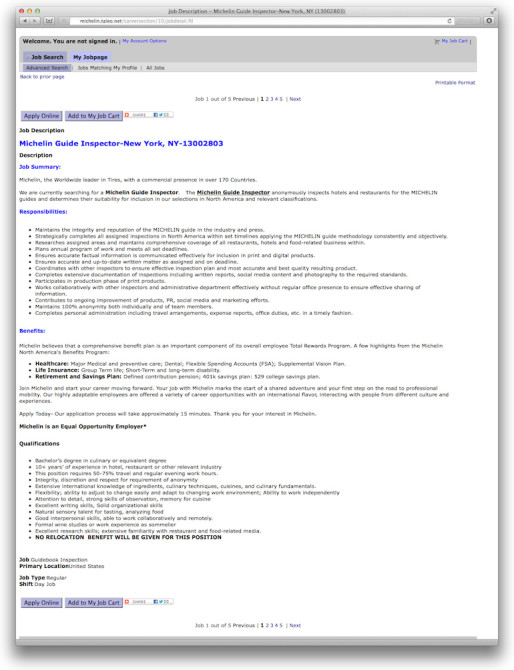
Photo courtesy of eater.com
If you somehow manage to survive the interview, the job is very demanding.
Essentially, to be a Michelin Guide inspector you have to: use a fake name, dine at restaurants unnoticed, eat out at least 9 times a week and travel frequently. You can’t write down notes during your meal so you have to spend 2-3 hours reviewing the restaurant immediately after your experience – all from memory. You have to dine alone because god forbid you pay attention to anything other than your food.
Oh, and obviously you have to be an obsessive foodie. Why else would you apply?
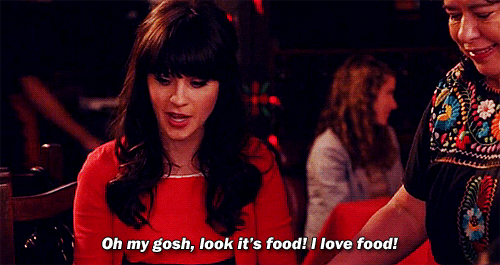
Gif courtesy of giphy.com
I actually know someone who applied for this position when the above listing came out – and yes, they did find out about it on Twitter. Although she asked to remain anonymous, she did agreed to answer a few questions about her experience interviewing with Michelin.
What was the interview process like?
“The interview process was extremely exciting. Just to be in the running was an honor. Everything took a long time though to coordinate because Michelin is such a big company. There are the guide books, which are such a small percentage, under the huge umbrella of tires and French bureaucracy.”
Do you think from this experience that it would be a difficult job?
“Yes! Difficult but extraordinarily professionally rewarding. The opportunities are endless in travel, culture, and food exploration and the team is a solid one.”
Having experienced how Michelin writes reviews, would you say that the way Michelin inspectors critique restaurants is fair?
“It’s not only fair but it is the true way for acknowledging a restaurant’s food quality and atmosphere within each city’s dining landscape. Eliminating PR campaigns and trends really lets the inspectors hone in on what’s what – whether it’s a new hot spot in TriBeCa or an under the radar Sri Lankan joint in Queens. The inspectors are so knowledgeable about food and history, and are so dedicated, that they’re therefore truly up to the task.”
Did she get the job? Well, if she did I wouldn’t know.
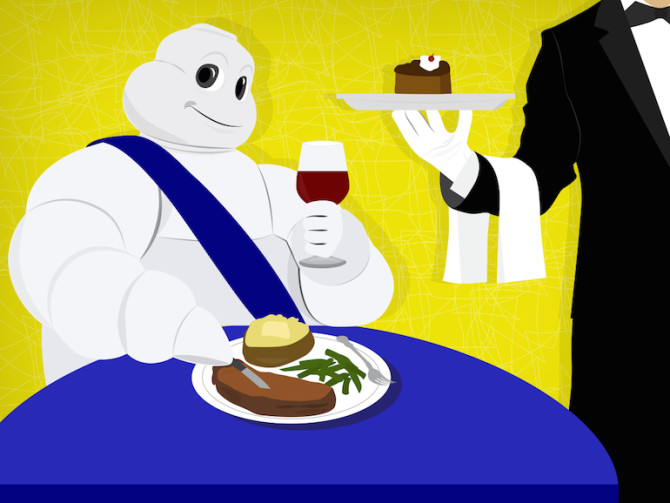
Photo courtesy of businessinsider.com
Pretty intense, right? I don’t think I’ll be adding this job to my bucket list anytime soon. I’d rather enjoy my meals with my friends and my real name, thanks. But you do you, Michelin inspectors.

